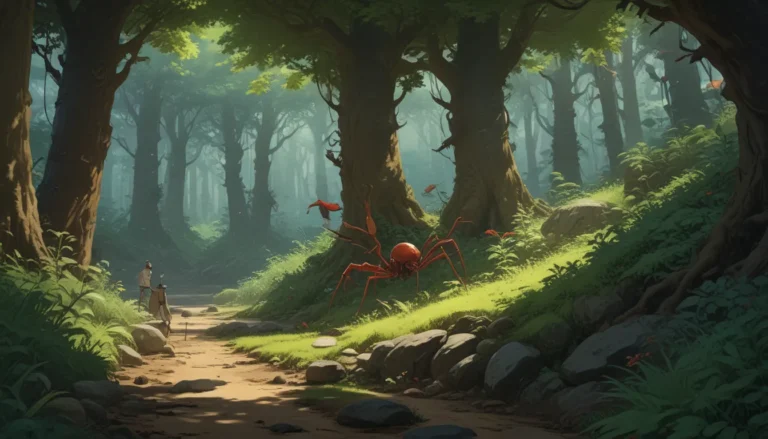A Comprehensive Guide to Identifying and Managing Dogwood Pests

Dogwoods are beautiful trees that can add a touch of elegance to any garden, but unfortunately, they are also susceptible to a variety of pests. From borers to sawflies, these pests can wreak havoc on your beloved trees if left unchecked. In this guide, we will explore common dogwood pests, how to identify them, and most importantly, how to manage and prevent infestations.
Understanding Dogwood Pests
Dogwoods can fall victim to several common pests that can impact their health and appearance. It is important to note that a healthy dogwood is better equipped to fight off pests than an unhealthy one. Therefore, proper care and cultivation are key factors in preventing infestations. Additionally, keeping pests at bay can prevent the spread of diseases that could harm your dogwoods.
7 Common Dogwood Pests
- Dogwood Borers
- Dogwood Club Gall Midges
- Dogwood Sawflies
- Dogwood Twig Borers
- Flatheaded Appletree Borers
- Vertebrates
- Scale Insects
1. Dogwood Borers
Dogwood borers are the larval form of Synanthedon scitula and can cause significant damage to a tree. These pests enter the tree through wounds or bark openings and feed on the inner bark and cambium, leading to issues such as leaf discoloration and premature leaf drop. Preventing infestations can be achieved through proper cultivation and wound avoidance. Pruning affected branches in late winter and using insecticides can help manage current infestations.
2. Dogwood Club Gall Midges
Resseliella clavula is a small but destructive pest that can cause galls to form on dogwood stems. Infested shoots should be pruned and destroyed to manage these pests effectively.
3. Dogwood Sawflies
Macremphytus tarsatus lays eggs on dogwood leaves, and the resulting caterpillars can defoliate trees if left unchecked. Insecticidal soaps or manual removal are effective methods of managing sawfly infestations.
4. Dogwood Twig Borers
Also known as Oberea tripunctata, these pests can damage various tree species, including dogwoods. Pruning affected branches and using insecticides can help control twig borer infestations.
5. Flatheaded Appletree Borers
Chrysobothris femorata can tunnel through a dogwood’s tissues, leading to foliar wilt and branch dieback. Protecting your trees from injury and using physical deterrents can help prevent infestations.
6. Vertebrates
Various wildlife species can consume dogwood fruits and foliage, leading to damage. Nonlethal methods such as scare tactics and physical barriers can help manage wildlife infestations effectively.
7. Scale Insects
Scale insects can infest dogwoods and cause significant damage. Pruning affected areas and using horticultural oils or natural predators can help control scale infestations.
Conclusion
Preventing and managing dogwood pests is essential for maintaining healthy and beautiful trees. By understanding common pests, learning how to identify them, and implementing effective management strategies, you can ensure the well-being of your dogwoods. Remember, a healthy tree is better equipped to fend off pests and diseases. If you have any questions or want to share your experiences with dogwood pests, feel free to leave a comment below.
For more information on dogwoods, check out these guides:
– How to Grow and Care for Flowering Dogwood Trees
– How to Grow and Care for Kousa Dogwood Trees
– 23 of the Best Dogwood Varieties for Your Landscape
Now armed with the knowledge to tackle dogwood pests, you can protect your trees and enjoy their beauty for years to come. Happy gardening!





